Bringing international alpine plant research back to Colorado
I began researching rare alpine plants of Colorado a few years ago, progressing from understanding basic germination requirements to studying seed longevity in storage to examining the effects of increased temperature from climate change on these species. Still being somewhat new to alpine plant research, I felt it would be beneficial to meet with folks who are doing similar research—not just here in Colorado, but around the world. The Employee Engagement Committee at the Gardens funded a trip to Norway to meet with researchers at the University of Bergen who are also studying the effects of warming on alpine plant communities.
In mid-June, I flew from Denver to Bergen and was greeted with what I learned was typical Bergen weather. Clouds and drizzle were the norm for most of the week I was there, which of course is very different from typical Colorado weather. The moisture was evident in the lush, green landscape of the picturesque mountain setting. Not to mention the baby sheep that roamed free on the landscape… but back to the research.
One of the main research projects of the “Between the Fjords” lab is a transplantation/warming experiment. Among the biggest threats to native alpine species that results from increased temperatures is the encroachment of low-elevation species into the alpine. So, the research group in Norway transplanted lowland species into the plant community in the alpine to understand the effects of competition. Additionally, they had plots with and without warming (using open-top chambers to increase temperatures) to understand the effects of increased temperature on alpine species both with and without competition from lowland species.
While this project is in its initial stages, there aren’t too many results to report on yet, but it was very helpful to see the setup of the study and learn all about the project.
The other field project that I saw while there is known as “the world’s wettest drought experiment” – a rain exclusion experiment at a heathland site focused on the dominate heathland plant, heather. Although not alpine, the project was still of interest to me because of a seed germination component. Seeds of the heather were collected from the various rain exclusion treatments and germinated in lab conditions to understand impact of drought conditions on germination. Although it poured the day we visited the heathland, it was still very cool to see such a different ecosystem. And as the Norwegians say, “There is no bad weather, only bad clothing.” Coming from sunny Colorado, I was not prepared with adequate clothing (rain pants).
I hope to continue to keep in touch with the lab group in Norway and find ways to collaborate on alpine plant research, lending to a global understanding of effects of climate change on alpine communities. In particular, following my study to understand baseline fitness response to increased temperatures, I would like to use what I learned from their warming/transplant experiment and bring that to research in Colorado.
Alpine plant communities are changing in different ways throughout the world. For example, Europe is seeing more lowland species invading the alpine than we have seen in the United States. This could likely be the biggest threat to endemic alpine species, so understanding the effects of competition is essential to understanding response to climate change. Climate change is not a localized threat, but rather a global phenomenon that requires collaboration and understanding at an international level.
The knowledge that I gained while in Norway will contribute to international standardized methods of alpine plant research. Through these methods we will be able to identify species that are at greatest risk from climate change and prioritize those species for conservation, which is a core focus of the Research Department at the Gardens. Furthermore, our discussion of a collaborative seed and germination database would contribute to the global understanding of seed traits, as this is often ignored in ecology research. The researchers in Norway were particularly interested in this type of collaboration. And of course, I would be remiss if I didn’t mention that the local Denver beer that I brought with me greatly benefitted our discussions of research and future collaboration.
Gallery
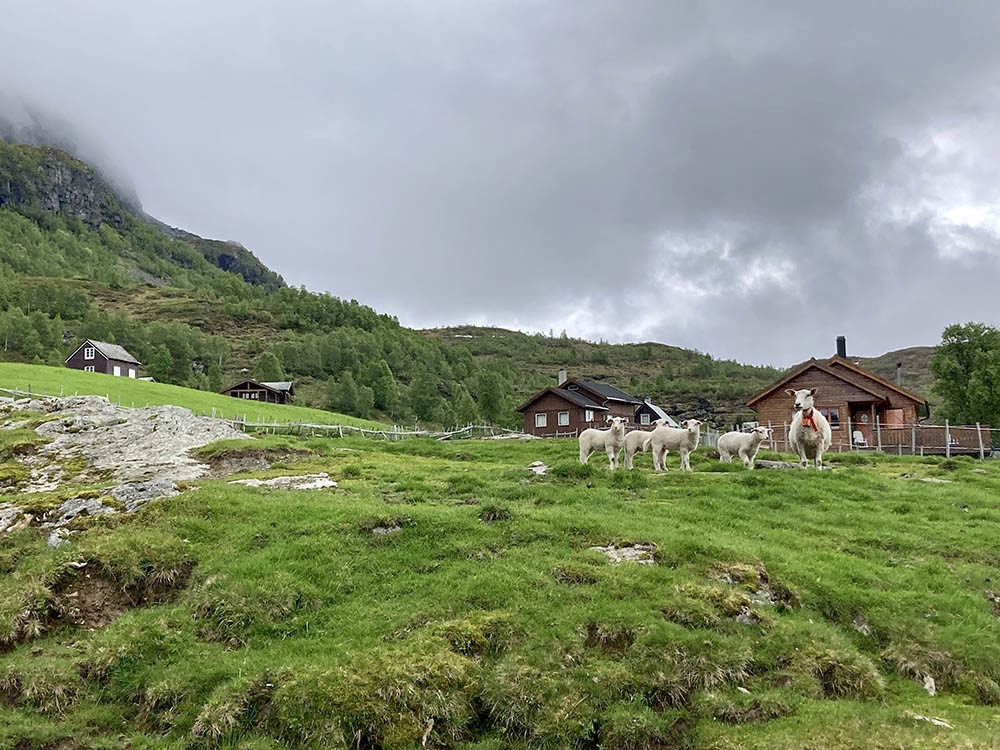
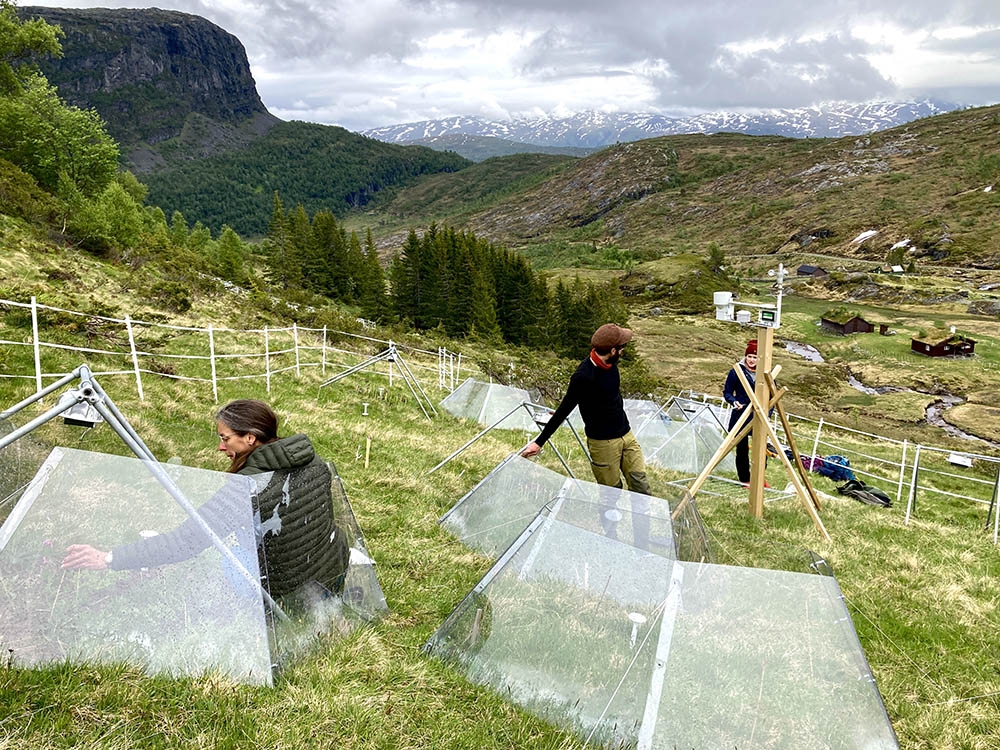
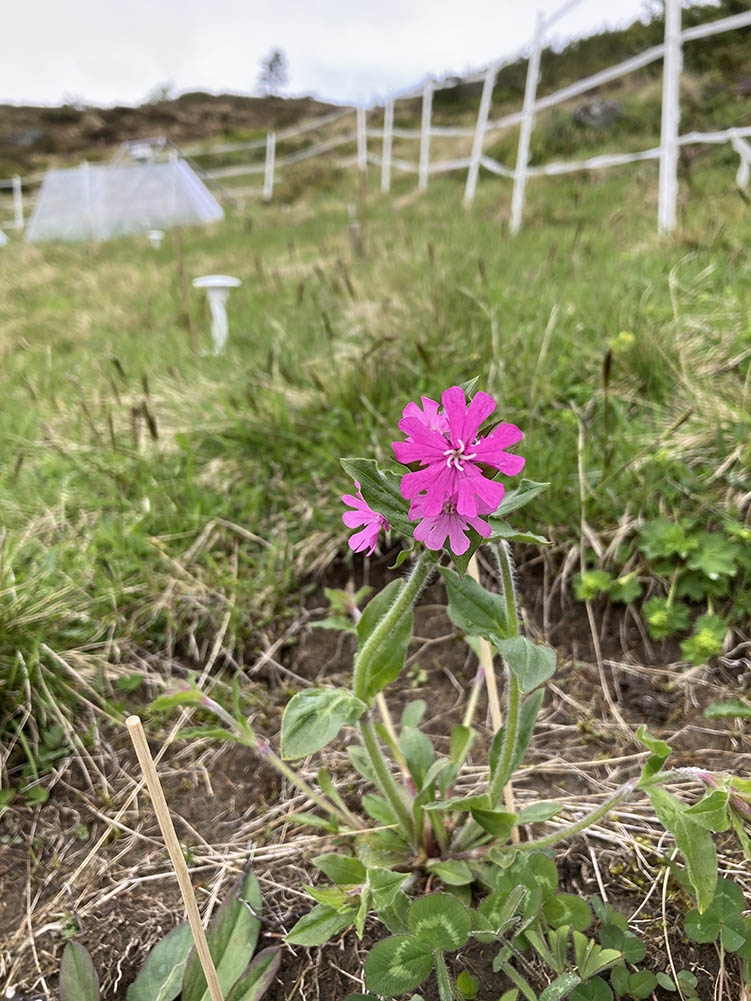
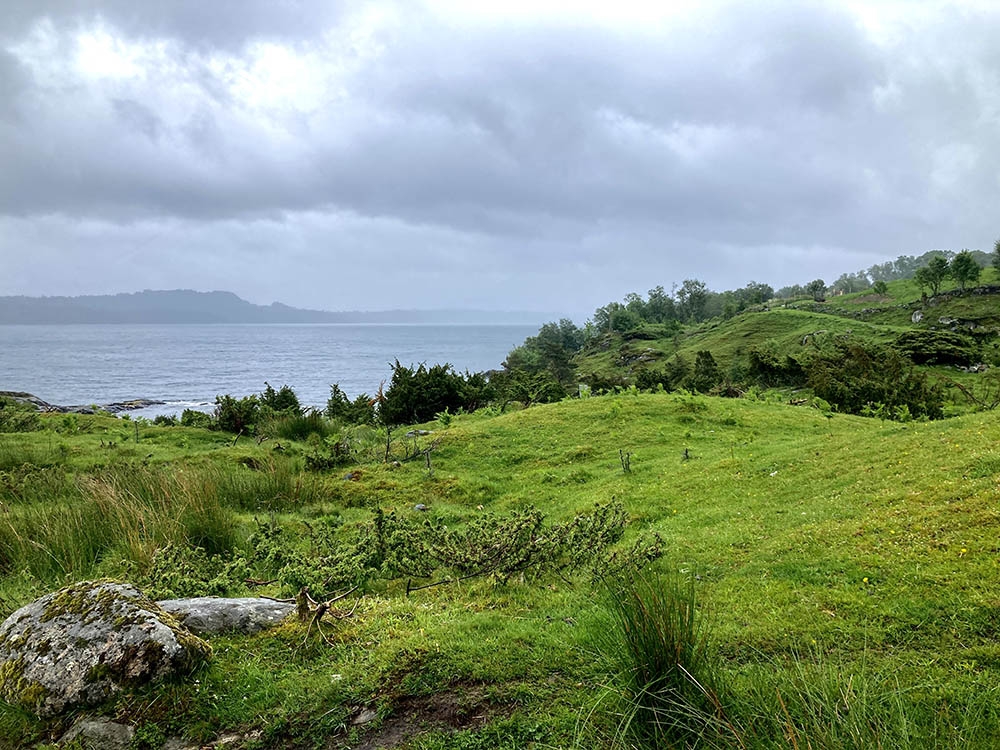
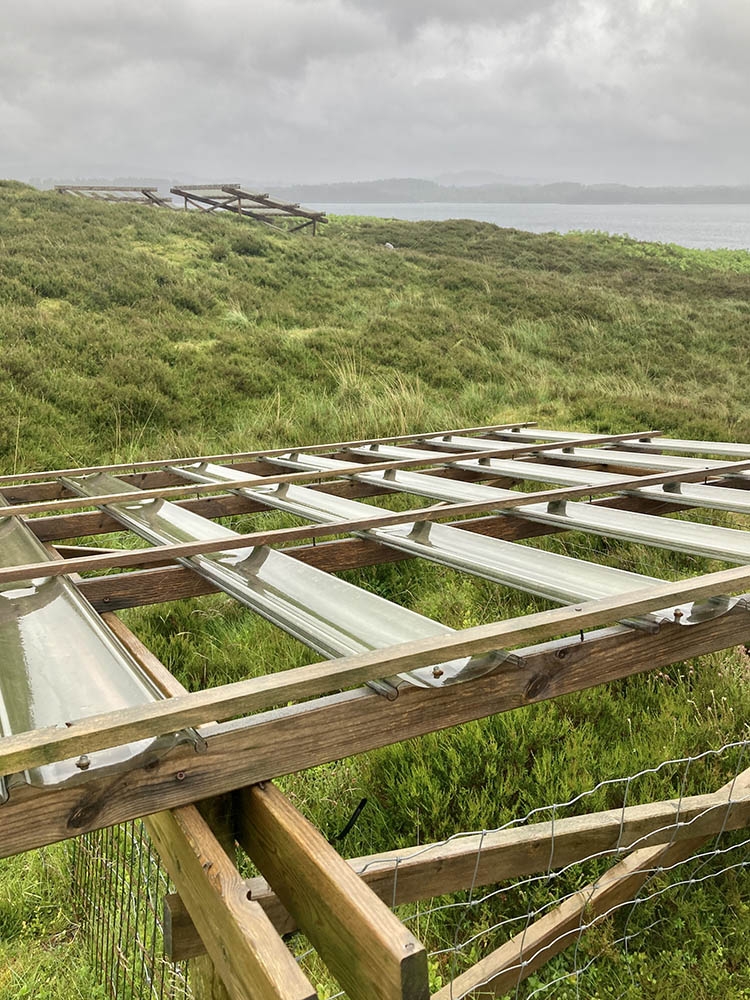
Add new comment